by cidaut | May 17, 2019 | Energy
The current decarbonisation policies place hydrogen in the spotlight of sustainable energy development. This aspect is reinforced by the fact of the need for large-scale energy storage to manage an electrical system with high renewable production where hydrogen plays a fundamental role. In addition, on February 11, the “Hydrogen Roadmap Europe” was published by the Fuel Cell and Hydrogen Joint Undertaking, which highlights the need to use hydrogen to achieve high decarbonisation rates and reduce CO2 emissions by 80%.
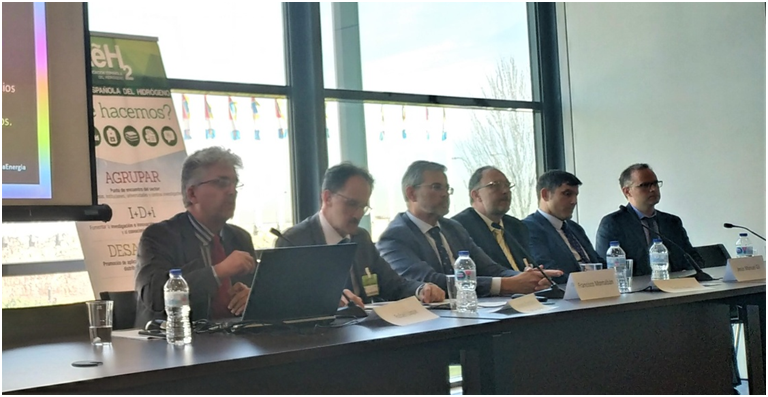
CIDAUT as a national reference in the field of hydrogen technologies participated in the technical conference of February 28, 2019: “The role of hydrogen in the energy transition”, which was developed within the program of activities of the International Fair of Energy and Environment (GENERA) held in Madrid.
This conference helped to highlight the key role that hydrogen will play in the energy transition and to define the actions that must be carried out to achieve the development of these technologies in Spain. During the conference, attended by the Secretary of State for Energy, José Domínguez Abascal, the current decarbonisation policies were discussed and the need for the implementation of hydrogen technologies in the European context of energy transition was exposed.
In the first round table of the day, the representatives of the main Ministries and national entities related to Energy, Industry, Science and Innovation debated on the importance of hydrogen to reach a carbon-free energy system.
In a second part of the conference, institutional partners of the AeH2 presented the “Main initiatives of the hydrogen sector and fuel cells in Spain”. As one of the partners, CIDAUT exposed its extensive experience in R&D projects within the field of hydrogen technologies and stressed its commitment to the future of hydrogen as an energy vector and decarbonization factor.
But this was not the only event that took place in Madrid on hydrogen. On March 1, the National Infoday of the Call 2019 of the FCH 2 JU was held in the Assembly Hall of the Center for Industrial Technological Development, CDTI. CIDAUT attended the Infoday where we could know firsthand all the information related to the call.
During the Infoday, Ms. María Luisa Revilla, from the Department of Social Challenges of the CDTI, presented the objectives and general vision of the FCH 2 JU and the H2020, as well as the rules for participation and presentation of proposals within the framework of H2020. The infoday was attended too by Mr. Carlos Navas, Head of the Strategy and Market Development Department of the FCH 2 JU, who presented the strategic vision and role of hydrogen in the European energy transition. In addition, he presented the topics included in this call and the keys for the presentation of proposals. The budget of this call is 80.8 million euros and 17 topics are considered: 5 related to transport, 8 with energy, 3 cross-cutting or cross-sectoral themes and 1 general. Finally, Mr. Antonio González, vice president of AeH2 and president of PTE HPC, explained the current situation of hydrogen technologies and fuel cells in Spain, explaining the key role they will play in the energy transition towards a carbon-free system.
by cidaut | May 17, 2019 | Energy
On March 29, 2019, coinciding at the end of the first quarter of the year, the VALORCOMP consortium met to monitor all its activities. This time, the meeting was held at the University of Valladolid at its headquarters of the School of Industrial Engineering. As usual and once demonstrating the cohesion of the working group, representatives of the whole consortium attended: Polytechnic Institute of Bragança (IPB, Principal Beneficiary), CIDAUT Foundation, University of Valladolid (UVa), Resíduos do Nordeste (RN) and Nertatec.
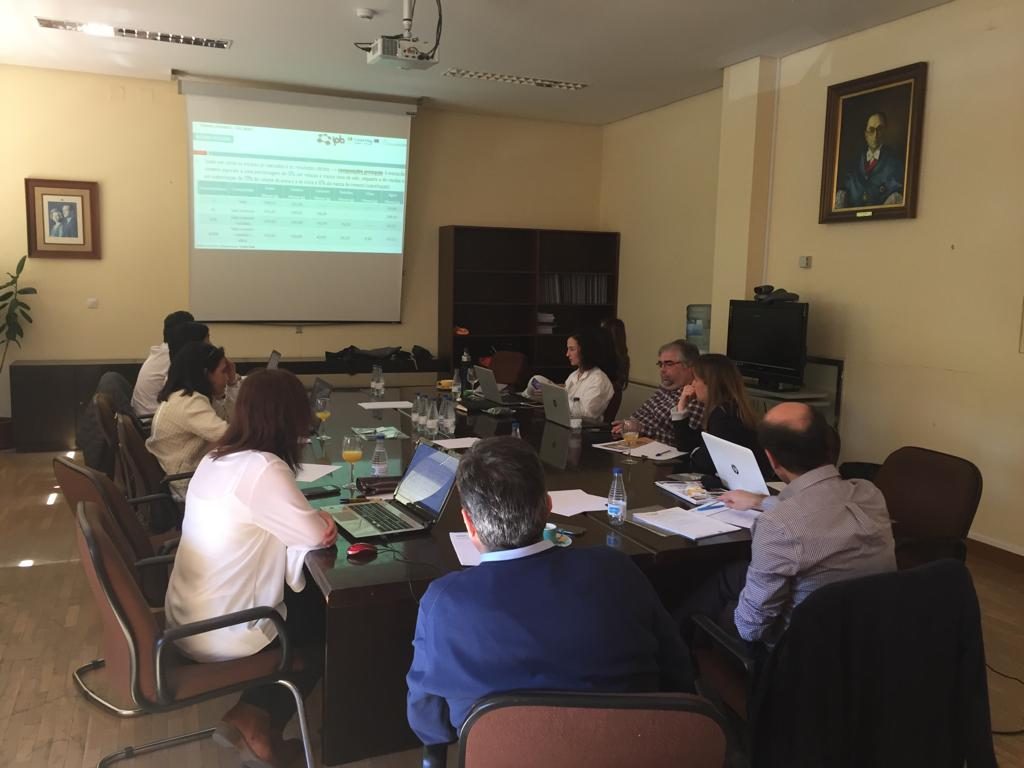
The topics discussed during the meeting were related with the technical, the coordination and communication committees.
Within the technical committee, the main objective of the meeting was to share the progress of the work in each of the aspects of compost use in the framework of the project. CIDAUT presented the results obtained in pelletized compost tests on a real scale, which have been very satisfactory. Likewise, the preliminary results of the pilot scale tests of fluidized bed gasification were shown and the next realization of combustion tests in updraft boilers was proposed. IPB made a presentation on the progress of the modeling of the adsorption process for the separation of CO2 using the activated carbons of activity 2 and it was proposed to carry out validation tests. In the framework of activity 2, the results of carbonization of the compost were shown using two different techniques: hydrotreatment (HTC) and functional carbonization by TEOS and EDTA. Activity 2 concluded with advances in the use of compost in construction materials and the results of temperature tests. Within activity 3 of agronomic use, the UVa presented the results of nutrients extraction using microwaves with water and KOH and it was carried out a comparison with the conventional method. The results seem very promising with this new technique fulfilling the criteria for its use as a liquid fertilizer. The realization of a global technical-economic balance of the process is proposed. On its side, IPB made a review of the characterization of leachates obtained at Residuos do Nordeste plant, highlighting its great heterogeneity and its use as fertilizer. Given the progress of the project, Nertatec made a presentation of the tasks addressed in activity 4 where a collection of waste generation data has been done in Castilla y León waste treatment plants. It intends to be extrapolated to the area of Portugal where the project is being developed. The content of the data sheets elaborated in the activity was explained in order to collect the information of the processes studied and evaluate their potential application.
In relation to communication activities, it was reviewed the publications generated during the project and the next congresses where the results of VALORCOMP will be disseminated. Likewise, it was proposed to hold two workshops of dissemination of the results on dates close to the end of the project. One of them will be held in Spain in July and the other one will be held in the Portuguese area in September.
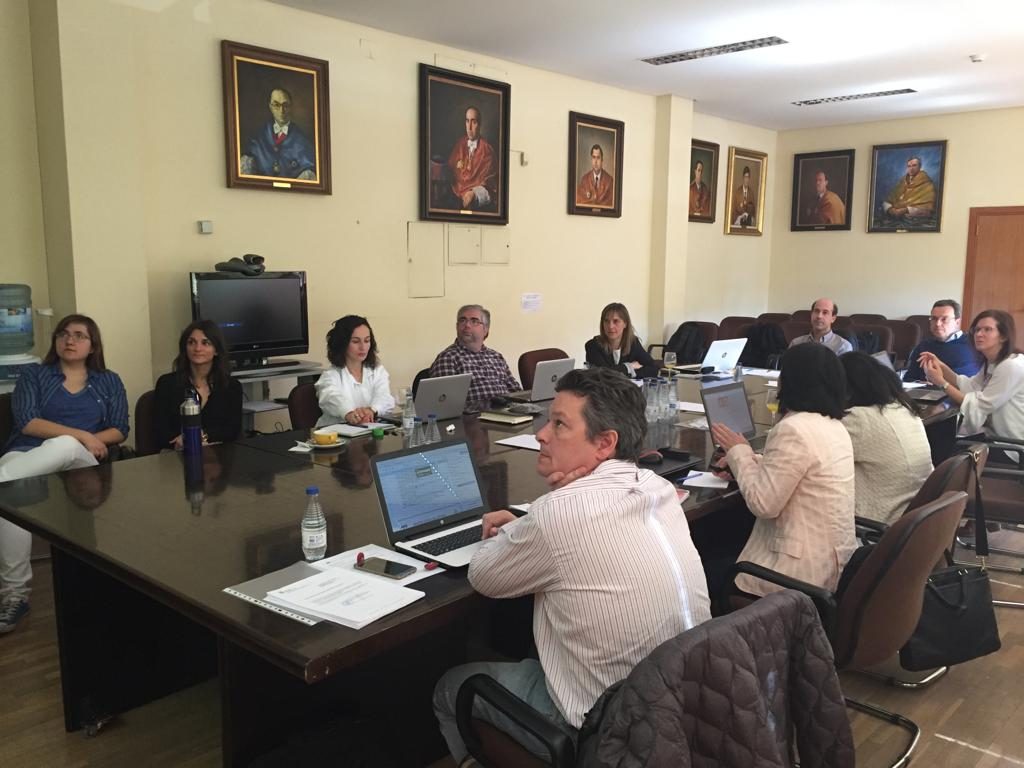
Finally all the partners were summoned to a next meeting in July 2019 in Valladolid with two purposes: to carry out the follow-up meeting of the project and the workshops jointly.
This project is co-financed by the programme of cooperation INTERREG V-A Spain-Portugal (POCTEP) 2014-2020 and will run until September 2019. Project VALORCOMP aims to contribute cooperatively to solve cross-border problems in the valorisation of waste generated in the treatment of the organic fraction of municipal solid waste.
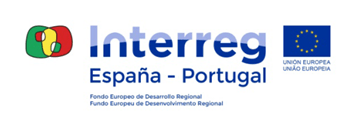
by cidaut | Dec 21, 2018 | Energy
On November 14, 2018, a new meeting of the VALORCOMP consortium was held to present the progress made within the framework of the project. The partners were kindly invited to attend the meeting at Resíduos do Nordeste facilities in Mirandela (Portugal). As usual, representatives of all partners attended the meeting: Polytechnic Institute of Bragança (IPB, Project manager), CIDAUT Foundation, University of Valladolid (UVa), Resíduos do Nordeste (RN) and Nertatec.
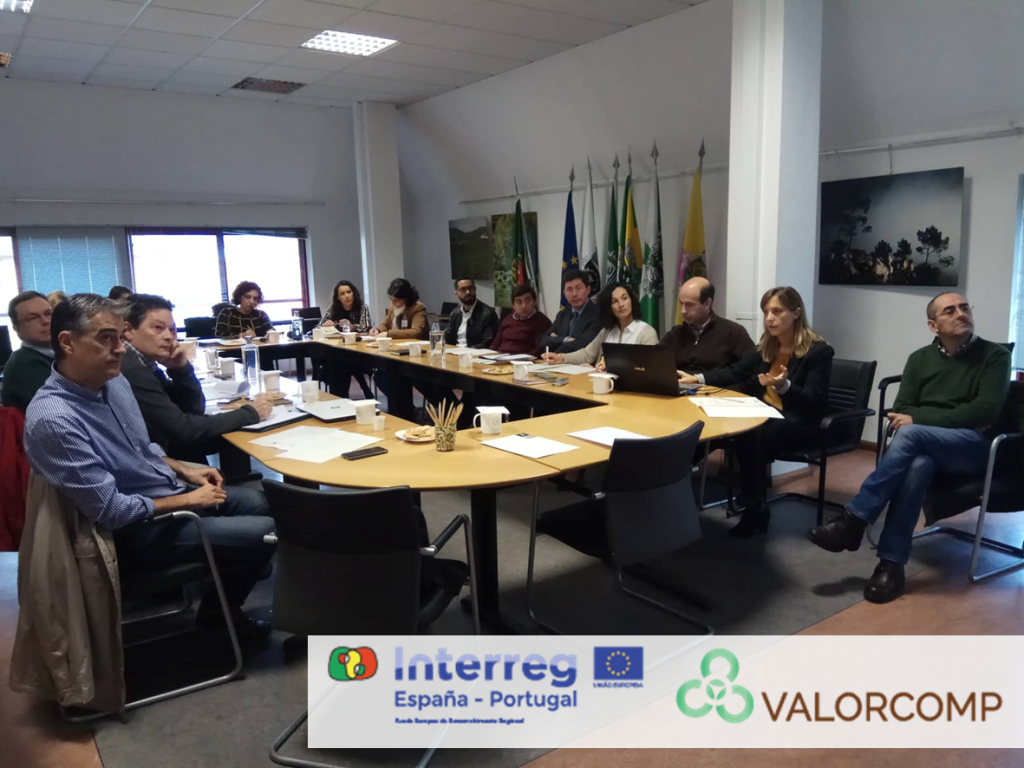
The main objective of the meeting was to share the progress of the work in each of the aspects of use of the compost consider in VALORCOMP project. Thus, within the thermochemical use, the participants of CIDAUT presented their results highlighting the proper compost compaction and the start of the second action of this activity, the pilot scale tests. The IPB presented its results in the context of the use of compost as a material, highlighting the applicability of this material as a catalyst in oxidation processes for wastewater treatment and the possibility of using it as a raw material to be incorporated in ceramics instead of in cements.
For its part, the UVA has obtained a product that meets specifications as a fertilizer in the study of possible agronomic use. The process includes an extraction of organic matter with potassium hydroxide. Germination trials have been conducted using the fertilizer with positive results.
In the course of the meeting, the problem of bio-stabilized residue (composted waste from non-selective collection) was discussed at length. It was focused on the difficulty of using this waste derived from the future regulation of waste reduction to landfill, as well as increasing the percentage of waste prepared for recycling into the treatment plants. Selective collection was analyzed as a solution for obtaining a compost (and not bio-stabilized residue) from the organic fraction, questioning the feasibility of executing it, the cost it would entail for the citizen and if this could guarantee the quality of the compost.
In communication and dissemination activity, it was agreed to undertake a series of actions to strengthen the content of the project’s website and create a private area to encourage communication between project partners. On the other hand, the brochure design was approved to disseminate the project.
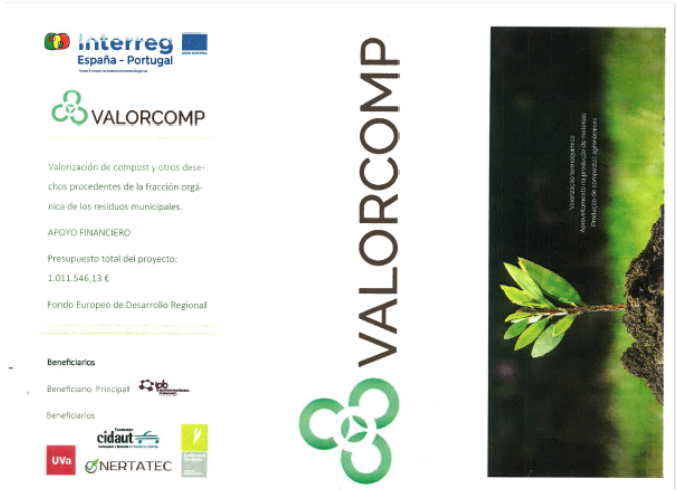
Finally, all the partners were summoned to a next meeting in March 2019 in Valladolid.
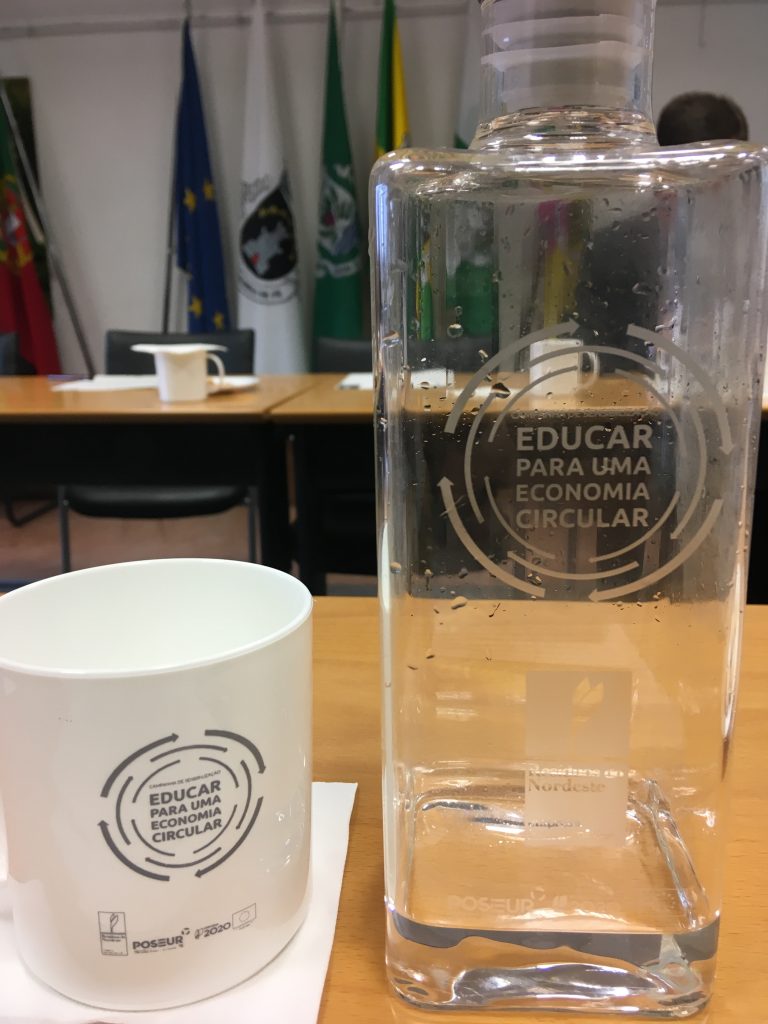
This project is co-financed by the programme of cooperation INTERREG V-A Spain-Portugal (POCTEP) 2014-2020 and will run until September 2019. Project VALORCOMP aims to contribute cooperatively to solve cross-border problems in the valorisation of waste generated in the treatment of the organic fraction of municipal solid waste.

by cidaut | Dec 21, 2018 | Energy
One more year CIDAUT participates in the National Congress of R & D in Defense and Security, this year celebrated in Valladolid from November 20 to 22, 2018.
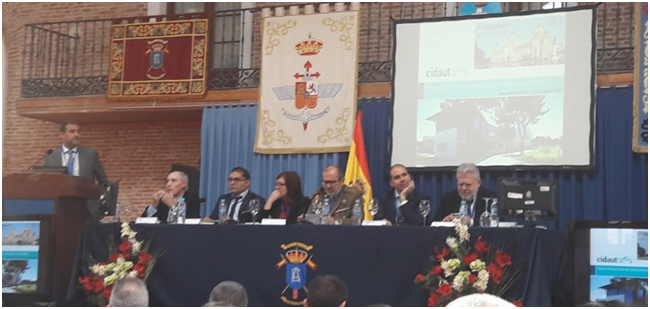
In this congress, CIDAUT exhibited its technological capabilities and presented a poster about the use of H2 in the military camp of the future, demonstrating that hydrogen is the ideal energy vector for silent applications, with a higher energy stored ratio by weight than electric batteries.
The poster presented the work carried out in the development of H2 generation in situ from diesel by reforming processes, in the scope of the REFORDI project developed with the INTA (National Institute of Aerospace Technology), reaching the construction of a 25 kW prototype.
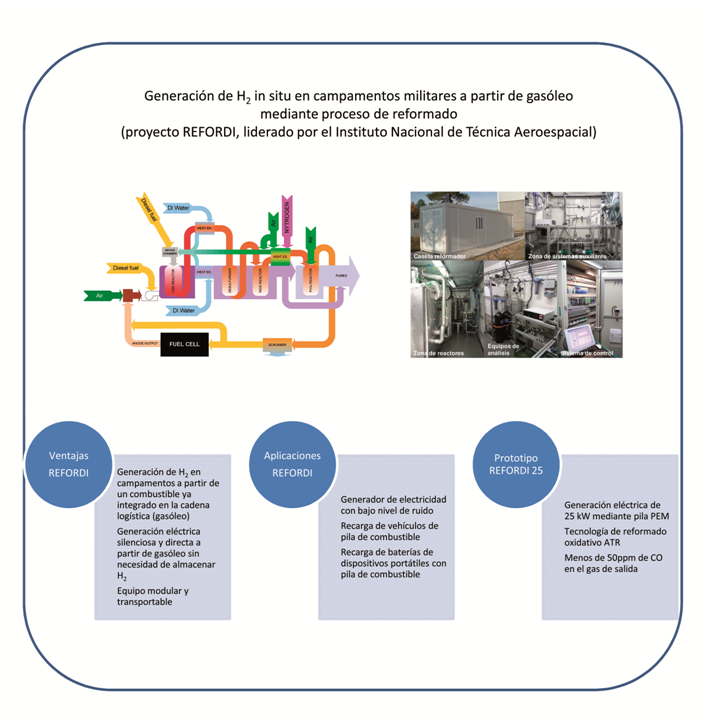
by cidaut | Oct 22, 2018 | Energy
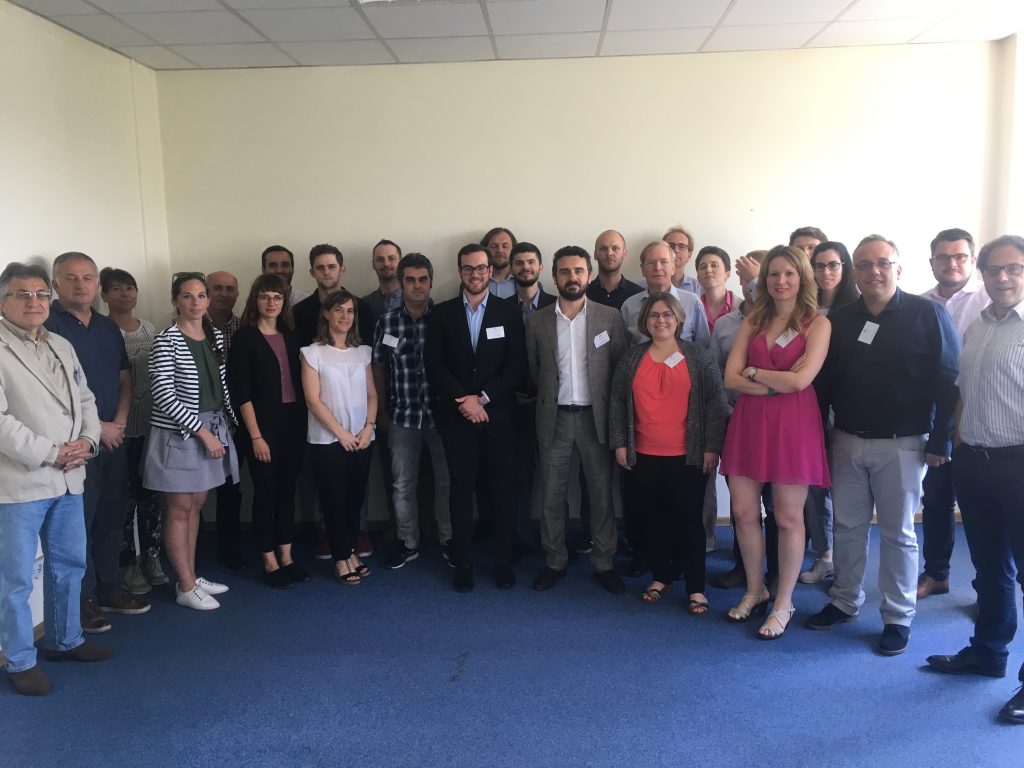
The third General Assembly Meeting of VULKANO project took place in Warsaw on 4-5th July 2018 in presence of the Project Technical Advisor of the European Commission. The meeting gathered more than 30 members of 11 companies located in 6 different countries, in order to review the general status of the project after the first twenty four months of execution.
The project has satisfactorily achieved its objectives throughout this time, obtaining useful results:
- Operating conditions of the two demo site furnaces (steel and ceramic sector) and the requirements from the new technology solutions to be implemented at the furnace have been defined.
- Development of Phase Change Materials (PCM) high temperature (up to 900ºC). After the simulations and the laboratory tests, the production of new PCM has started as well as it pre-implementation in ceramic furnace.
- Development of new refractories with the use of byproducts for the production of innovative materials. For steel furnace, materials based on alumina are used, while based on zirconia materials have been employed for the ceramic furnace.
- Feasibility of the natural gas substitution by the different syngas sources and Computational Fluid Dynamics (CFD) simulation of syngas/natural gas mixtures with adapted co-firing burners. Two different burners have been developed: dedicated burner for 100% of syngas combustion and hybrid burner for 0-100% of syngas / natural gas combustion.
- Optimization of the furnace monitoring and control system through metaheuristics algorithms and implementation. Steel case: automatization of gasifier&co-firing system. Ceramic case: control of PCM system.
- Presentation of a flexible holistic in-house predictive tool prioritizing the critical parameters for each sector with a video explicative.
- Start the construction of the replica furnace.
- Updated market analysis presentation.
With the results of the assessment, IEn as Task leader on WP5.2, 5.3 and 5.4, presented the co-firing CFD simulations, jointly undertaken by IEn and CIDAUT for the unmodified burners. It has been designed, simulated and experimentally tested two new burners: a hybrid one to operate between 0 to 100% of syngas substitution and a dedicated one to operate at 100% with syngas.
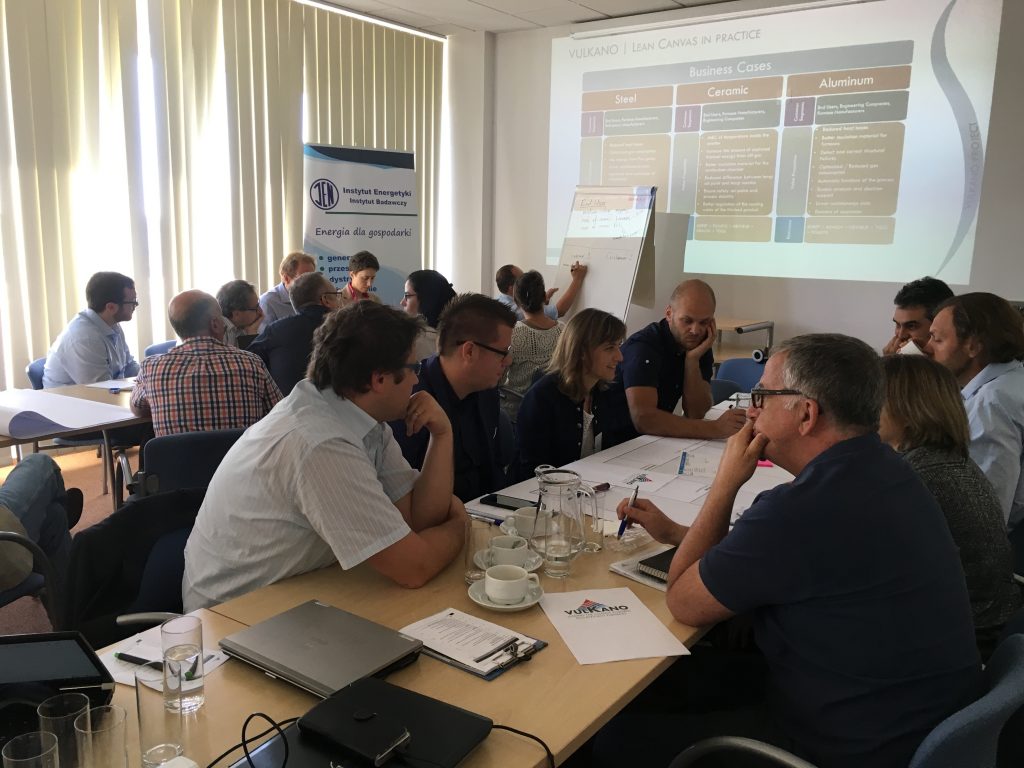
Furthermore, VULKANO project partners have already generated seven scientific publications and with an estimated number of 13 to 15 during 2019. CIDAUT has already presented one paper in ECOS Conference in Guimaraes entitled “Application of the CFD simulation to the evaluation of natural gas replacement by syngas in burners of the ceramic sector”.
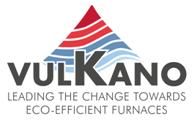
More info: http://www.vulkano-h2020.eu/
Keywords: VULKANO, CFD, co-firing, syngas, furnaces
by cidaut | Oct 22, 2018 | Energy
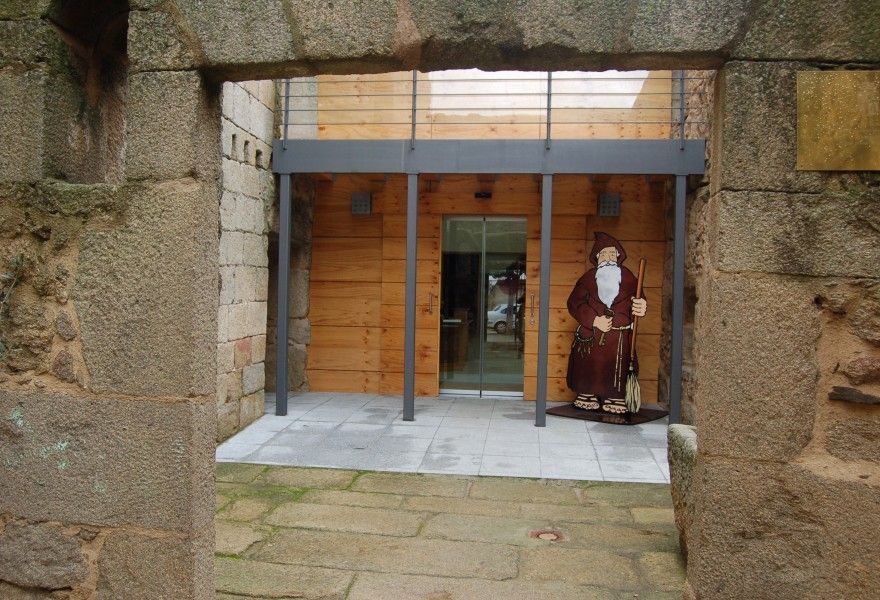
The consortium team of the project “Biobuilding diversity, bioclimatic architecture, sustainable rehabilitation and its application in natural areas” held a meeting in the House of Park Arribes del Duero in Fermoselle (Zamora) on the last 2nd of August.
The BIOURB NATUR project is mainly aimed to extend the use of bio-building solutions in energetic and constructive rehabilitations of non-residential buildings in natural areas, to train the cross-border construction sector in the new opportunities of sustainable building, to promote energy and environmental sustainability in buildings as a technical-scientific tourist attraction in natural areas and to reactivate the use of buildings in these cross-border natural areas. This project is co-financed by the programme of cooperation INTERREG V-A Spain-Portugal (POCTEP) 2014-2020 and will run until December 2019.
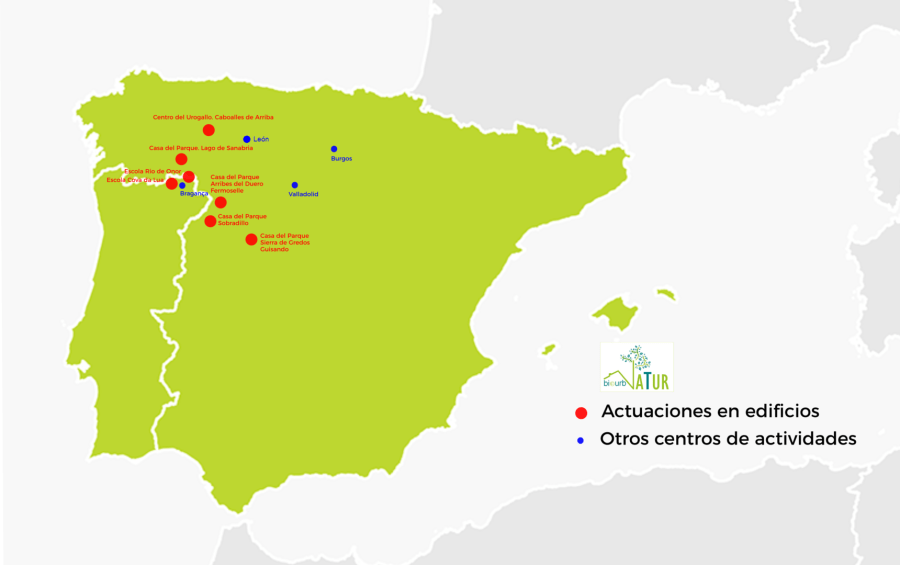
Representatives of all the partners attended the meeting with the presence of the Regional Energy Agency of Castilla y León (EREN, Main Beneficiary) Polytechnic Institute of Bragança (IPB), CIDAUT Foundation, Natural Heritage Foundation of Castilla y León (FPNCYL), Construction Institute of Castilla y León (ICCL) and the Municipality of Bragança.
The main objective of the meeting was the technical review of the progress in technical activities, as well as communication and project coordination activities.
Activity 1, in which CIDAUT participates, is ongoing and corresponds to the characterization of the buildings and their surrounding environment; it includes, among other information, data about the current conditions of buildings and their energy consumption.
Within Activity 2, CIDAUT has developed a methodology aimed to determine energy savings of different bioclimatic solutions (Sunspaces, Trombe walls or Canadian wells) when it is applied to tertiary buildings. Results are shown at the SCB Cal-02 tool, available to users on the project website.
Activity 3, which is also ongoing, consists of the physical implementation of several bioclimatic solutions in eight specific buildings, five of them located in natural parks in Castilla y León (Spain) and the other three located in Montesinho Natural Park (Bragança, Portugal). Results will be monitored by CIDAUT in some of them.
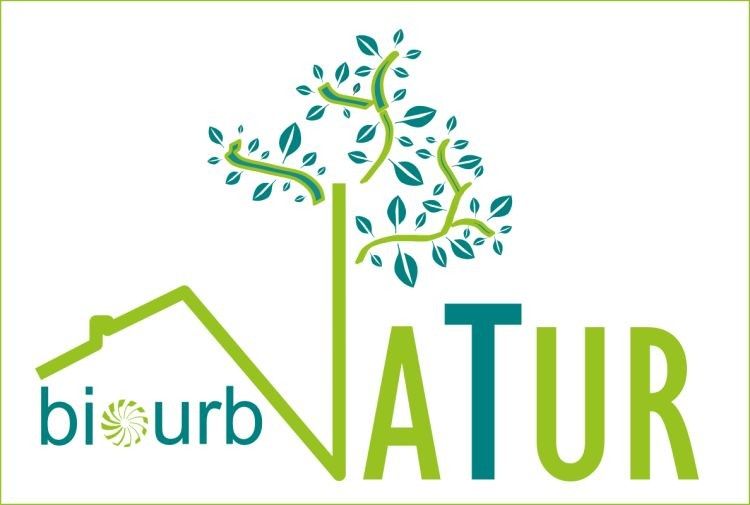
Finally, the Communication Activity includes the project web development, handbooks, video images, briefings and technical sessions in order to train building professionals about the implementation of bioclimatic solutions. It was agreed that it will be carried out throughout the project.
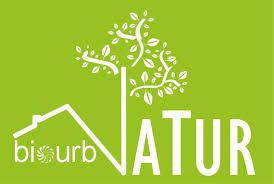

Tags: BIOURB NATUR, bioclimatic architecture, sustainable building, POCTEP
Page 10 of 12« First«...89101112»















